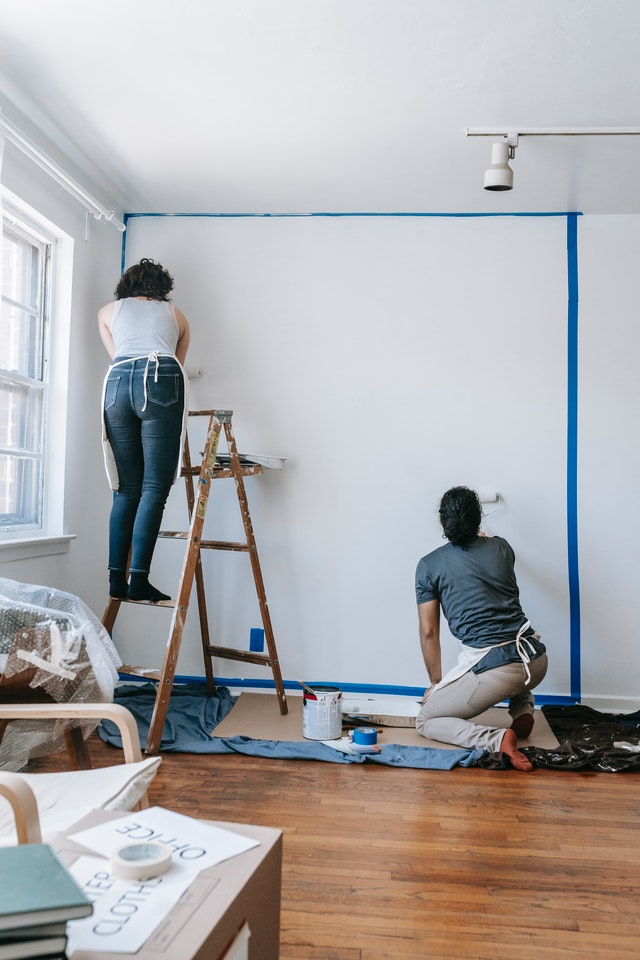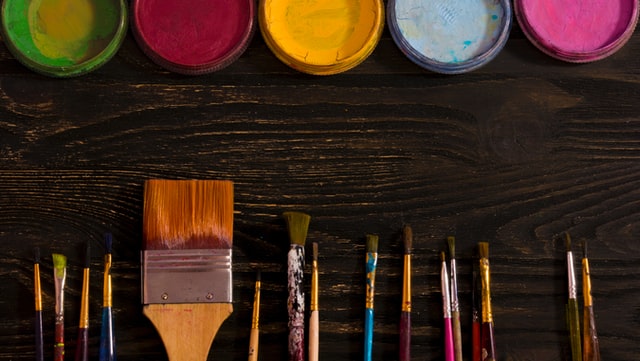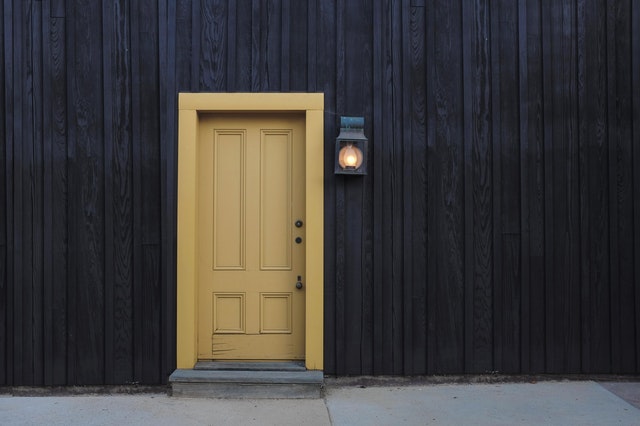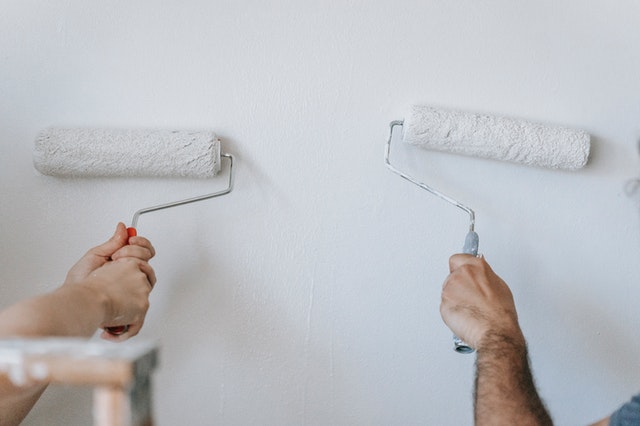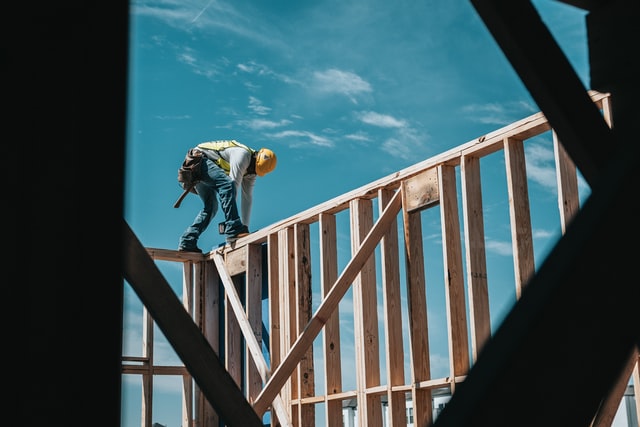This snippet has been extracted from “Creative Homeowner Ultimate guide Home repair and improvement, Upper saddle River, New Jersey”. Before you paint, the materials required are primer, paint-can opener, stir sticks, roller covers (close nap on a rolling cage, large nap without rolling cage), paintbrushes (one for latex paint and one for oil-based paint), paint tray, gloves, drop cloth and an extension pole for the roller. “Painters Washington DC“, provides you with full guidance on what are the measures to be taken before painting.
Before You Paint
Painting would be much easier if you could find a contractor to do the prep work, and you handled the painting yourself. Yet you probably wouldn’t save much money, even if you could find someone willing to do it. Preparation-the tedious and time-consuming scraping: patching. And sanding-is the worst part of the job, but the most important for a good-looking and long-lasting finish. Poor surface preparation is the number-one cause of paint failures.
Cleaning
Take time to dust and vacuum all surfaces first. Then wash the walls with soap and water, especially in kitchens and bathrooms. If there are little gray-green dots of mold, add up to a quart of bleach to 3 quarts of an ammonia-free detergent solution. Protect nearby floors with newspapers and drop cloths. Allow the bleach solution to remain on the wall for 15 minutes, and then rinse thoroughly.
Smoothing Surfaces
Paint won’t hide imperfections-in fact, it accentuates them, making any previously unnoticed bumps or dents stand out. To avoid surprises. Shine a bright light at a low angle across the surface to spot problem areas before you begin. Apply joint compound to fill in any depressions, and sand off bumps. Rides, or other raised imperfections.
Priming
Follow the paint manufacturer’s recommendations for priming. Some surfaces, such as unpainted wood, require primer with certain paints but not others. Failure to use a primer will reduce paint adhesion and lead to flaking and peeling paint. Previously painted walls and ceilings generally do not require a primer unless you plan a radial color change (such as white over red) or you have slain to cover. But if you’ve patched with joint compound. The unpainted compound will absorb paint differently than surrounding painted areas, leaving a blotchy finish. Although you can usually apply two topcoats, it’s better to use a less expensive primer. Perhaps tinted to a similar color as the top coat, covered by one top coat.
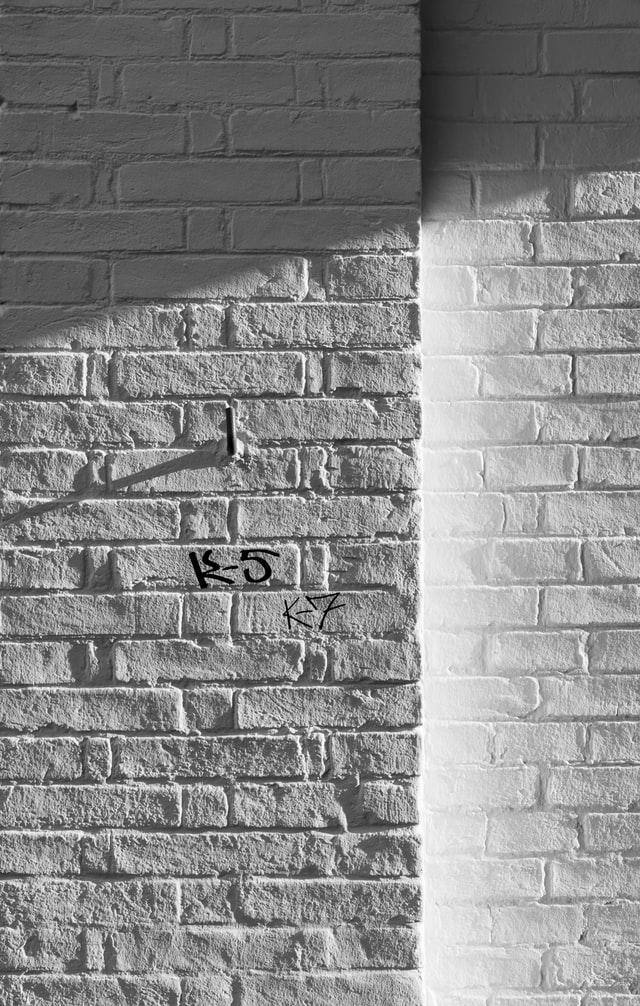
Preparing Walls
1. Scrape any scraper until you reach paint that is solidly fixed on the wall.
2. Where the paper surface of drywall is torn, trim the tear using a utility knife, and apply joint compound over the damage.
3. Use a wide blade to fill large bare patches with joint compound. Apply several thin coats instead of one thick layer.
4. Use a power palm sander or a sanding block to smooth the patches. Over sanding can scuff the drywall surface.
5. Prime all repaired areas. This prevents the dry joint compound from sucking water out of the paint, which creates dull spots.
Painting Walls
1. Use a trim brush to cut in a 2- to 3-in. Strip of paint around all trim and in areas you can’t reach with a roller.
2. Dunk the paint roller at the deep end of the pan; then roll it over the ribs at the shallow end to distribute the paint evenly.
3. One basic and economical approach to painting is the load-on method. Start by applying thick layers in vertical stripes.
4. Roll left and right on the diagonals across the thick stripes. This spreads the paint evenly on the wall.
5. When the original stripes have been spread over a section of wall, roll straight up and down to create a uniform stipple finish.

Sealing over Stains
Remove surface stains as best as you can with a detergent/water solution or an appropriate solvent/spot remover. To prevent remaining discoloration from bleeding through, seal the area with a stain-killing primer, such as pigmented white shellac. These sealers dry fast and won’t slow you down. Similarly, coat knots in paneling or trim so that resins won’t bleed through.
Repainting Trim
To help new paint adhere to old trim, lightly sand glossy surfaces. Also sand away small imperfections, feathering to areas of sound paint so that you don’t leave ridges. If need be, take old trim down to raw wood by stripping, sanding, or heating and scraping. If paint was applied before the late 1970’s, test before removing the finish. Contact the National Lead information center ww.epa.gov/lead.
Use a heat gun to gradually soften layers of paint. Work on one small area at a time, and keep the gun nozzle moving.
Use a stiff scraper to remove layers of paint heated by the gun. Use a razor-edge scraper to clear grooves in molding.
Continue reading on Paint Rollers

